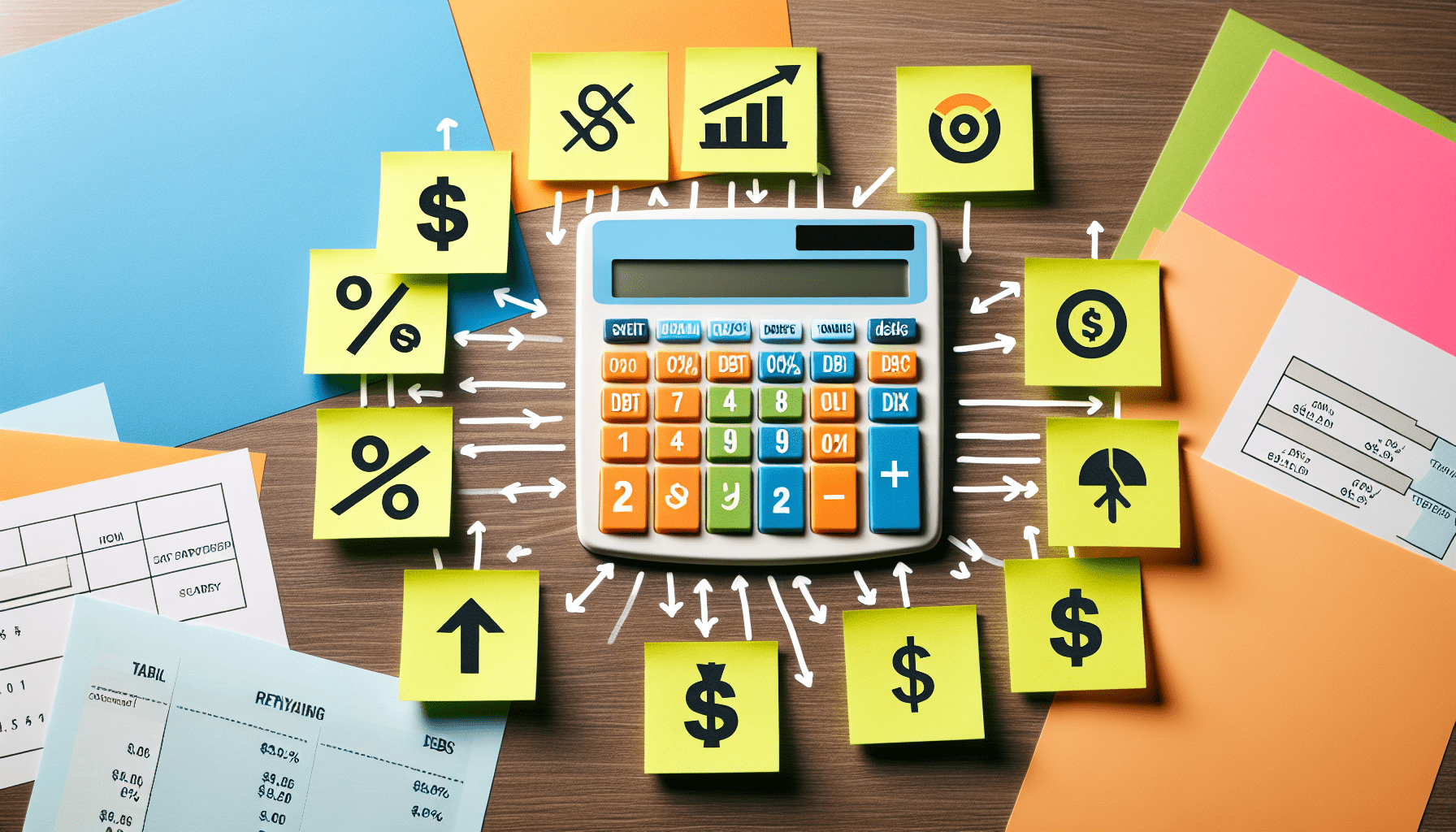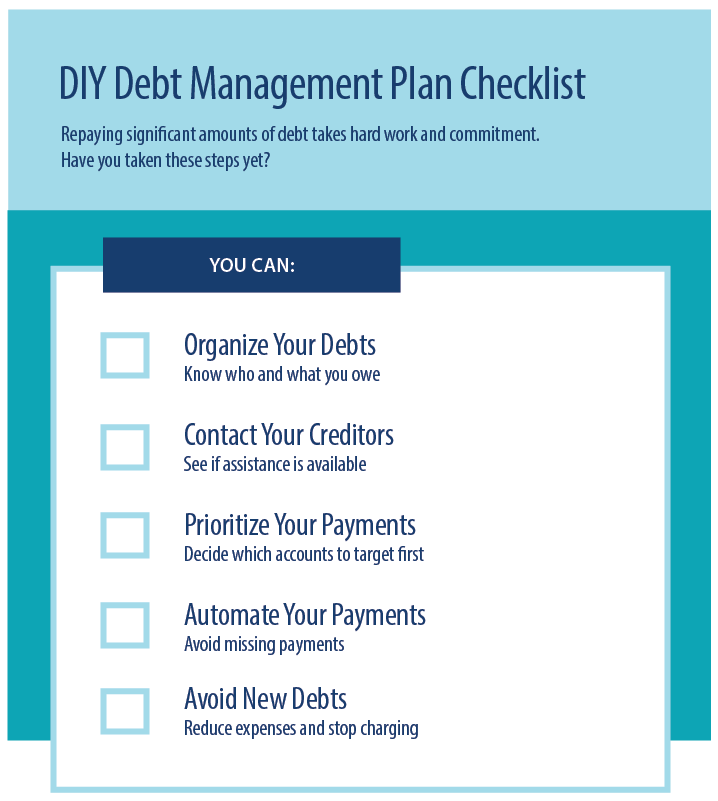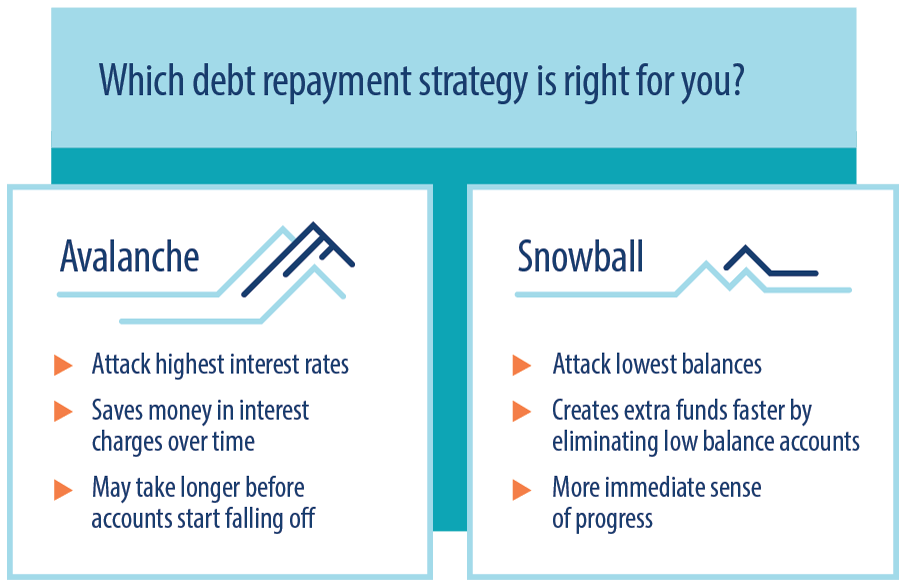How To Create A Debt Repayment Plan That Works
In “How to Create a Debt Repayment Plan That Works,” you’ll discover a step-by-step guide to regain control of your financial future. This insightful article helps you identify your debts, assess your financial situation, and prioritize payments efficiently. With practical tips and encouraging advice, it equips you with the knowledge to create a personalized repayment plan that fits your lifestyle and financial goals. By the end, you’ll feel empowered to tackle your debt head-on and pave the way toward a more secure and stress-free financial life.
How To Create A Debt Repayment Plan That Works
Have you ever felt overwhelmed by the sheer amount of debt you owe? If so, you’re not alone. Many people find themselves in the same boat, struggling to keep up with multiple payments, high interest rates, and constant stress about their financial future. But the good news is that it doesn’t have to be this way. With a little planning and discipline, you can create a debt repayment plan that truly works for you.
Understanding Your Debt
Before you can create a debt repayment plan, it’s essential to have a clear picture of your current debt situation. This is the first crucial step toward regaining control over your finances.
List All Your Debts
Start by making a comprehensive list of all your debts. Write down each creditor, the total amount you owe, the interest rate, and the minimum monthly payment.
| Creditor | Total Amount Owed | Interest Rate | Minimum Monthly Payment |
|---|---|---|---|
| Credit Card 1 | $2,500 | 18% | $75 |
| Credit Card 2 | $1,500 | 22% | $45 |
| Car Loan | $10,000 | 6% | $300 |
| Student Loan | $15,000 | 4% | $150 |
| Personal Loan | $5,000 | 10% | $100 |
Determine Your Interest Rates
Understanding how much interest you’re paying on each debt can help you prioritize which debts to tackle first. Generally, higher interest rates cost you more in the long run, so they might be your first target for repayment.
Calculate Your Average Interest Rate
Another useful measure is to calculate your average interest rate across all debts. This will give you a sense of the overall financial burden you’re under. To calculate, use the following formula:
Average Interest Rate = (Sum of (Debt Amount * Interest Rate)) / Total Debt Amount
Setting Realistic Goals
Once you have a clear picture of your debt, the next step is to set realistic goals for your debt repayment journey. Setting achievable milestones can provide motivation and a sense of accomplishment.
Define Your Objective
Are you looking to get out of debt completely, or do you simply want to lower your monthly payments? Your goal will dictate the type of repayment plan you choose.
Set a Reasonable Timeline
Determine a realistic timeline for paying off your debt. This could be 12 months, 24 months, or even 5 years, depending on your financial situation and how aggressively you wish to tackle your debt.
Break Down Long-Term Goals into Short-Term Milestones
By breaking down your long-term repayment plan into smaller, short-term milestones, you can make the process seem less daunting and more manageable.
| Time Period | Milestone |
|---|---|
| 3 Months | Pay off Credit Card 1 |
| 6 Months | Reduce Car Loan by 20% |
| 12 Months | Eliminate Personal Loan |
| 18 Months | Pay off Credit Card 2 |
| 24 Months | Reduce Student Loan by 30% |
Choosing a Repayment Strategy
There are several popular repayment strategies that can help you tackle your debt effectively. Choose one that aligns with your goals and financial situation.
The Debt Snowball Method
The debt snowball method involves paying off your smallest debts first while making minimum payments on larger debts. This approach can boost your motivation as you see quick wins.
- List your debts from smallest to largest.
- Focus all extra money on paying off the smallest debt first.
- Once the smallest debt is paid off, move onto the next smallest, and so on.
The Debt Avalanche Method
The debt avalanche method focuses on paying off debts with the highest interest rates first. This can save you more money in the long run, even if it takes a bit longer to see progress.
- List your debts from highest interest rate to lowest.
- Put all extra money toward the debt with the highest interest rate.
- Once the highest rate debt is paid off, move on to the next highest.
The Hybrid Method
If both the debt snowball and avalanche methods have elements that appeal to you, consider combining them into a hybrid approach. Start by paying off a few small debts to gain momentum, then switch to paying off higher interest rate debts.
Budgeting for Debt Repayment
Effective budgeting is crucial for a successful debt repayment plan. It ensures you have enough funds to make your payments consistently.
Create a Monthly Budget
Write down all your sources of income and categorize your expenses. Make sure to allocate a portion of your income specifically for debt repayment.
| Income/Expenses | Amount |
|---|---|
| Total Income | $3,000 |
| Rent/Mortgage | $1,000 |
| Utilities | $200 |
| Groceries | $300 |
| Transportation | $150 |
| Entertainment | $100 |
| Debt Repayment | $800 |
| Savings/Other | $450 |
Cut Unnecessary Spending
Identify areas where you can cut back to free up more money for debt repayment. This could be dining out less, canceling subscriptions, or finding cheaper alternatives for certain expenditures.
Automate Your Payments
Setting up automatic payments can help ensure you never miss a payment, thus avoiding late fees and potential damage to your credit score.

Increasing Your Income
One of the most effective ways to pay off debt faster is to increase your income. This can help you put more money toward your debt and reach your financial goals sooner.
Take on a Side Hustle
Consider taking on a side job or freelancing. Even a few extra hours a week can significantly boost your income over time.
Sell Unwanted Items
If you have items around your home that you no longer need, consider selling them online or at a garage sale. This can provide you with a one-time cash injection to put directly toward your debt.
Ask for a Raise
If you’re in a position to do so, don’t hesitate to ask your employer for a raise. Make sure to demonstrate your value and accomplishments when making the request.
Staying Motivated
Staying motivated throughout your debt repayment journey can be challenging. However, there are several strategies you can employ to keep your spirits high and stay on track.
Track Your Progress
Regularly monitor your debt balances and celebrate the milestones you reach. Seeing your progress can be incredibly motivating.
| Milestone | Date Achieved |
|---|---|
| Paid off Credit Card 1 | 02/01/2024 |
| Reduced Car Loan by 20% | 05/01/2024 |
| Paid off Personal Loan | 10/01/2024 |
Surround Yourself with Support
Inform close friends and family about your debt repayment goals. Their support can provide both encouragement and accountability.
Reward Yourself
Give yourself small rewards when you reach a milestone. It doesn’t have to be expensive—a simple treat can make a big difference.

Dealing with Setbacks
Setbacks are a natural part of any significant undertaking, including debt repayment. How you deal with these setbacks will largely determine your success.
Have an Emergency Fund
Having an emergency fund can prevent you from adding more debt when unexpected expenses arise. Aim to save 3-6 months’ worth of living expenses in a separate account.
Revisit and Adjust Your Plan
If you encounter financial setbacks, revisit your debt repayment plan and adjust it as necessary. Flexibility is crucial for long-term success.
Stay Positive
Remember that setbacks are temporary. Maintain a positive mindset and remind yourself of why you started this journey in the first place.
Seeking Professional Help
Sometimes, even the best-laid plans need a helping hand. Don’t hesitate to seek professional advice if you’re struggling with your debt repayment plan.
Credit Counseling
Credit counseling agencies can provide you with personalized advice and help you create a workable debt management plan.
Debt Consolidation
Debt consolidation involves taking out a single loan to pay off multiple debts. This can simplify your payments and potentially lower your interest rates.
Bankruptcy
While bankruptcy should be considered a last resort, it can provide a fresh start if your debt is too overwhelming. Consult with a financial advisor or attorney to explore this option thoroughly.
Final Thoughts
Creating a debt repayment plan that works requires a clear understanding of your debts, setting realistic goals, choosing the right repayment strategy, and staying motivated. By taking control of your financial future and making consistent, focused efforts, you can pay off your debts and achieve financial freedom. Remember, it’s a journey, and every step you take brings you closer to your goal. So go ahead, start today, and transform your financial dream into reality. You’ve got this!


